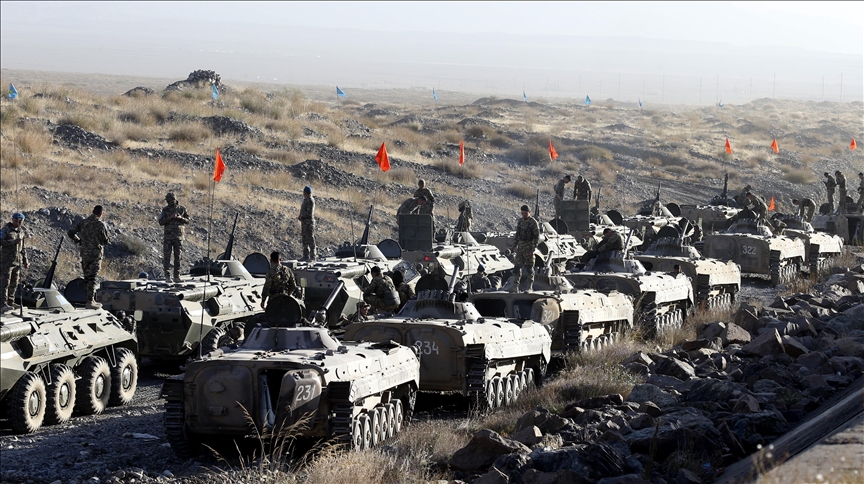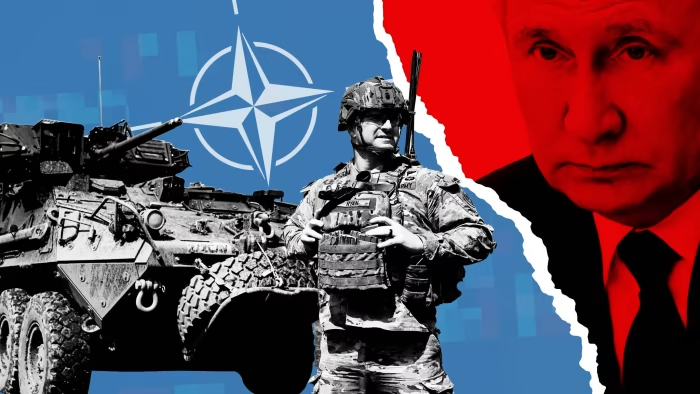Introduction
With rising tensions between NATO and Russia in 2025, the alliance is strengthening its eastern flank through a significant military build-up in the Baltics. The NATO Baltic military build-up aims to deter Russian aggression and safeguard the sovereignty of Estonia, Latvia, and Lithuania. Amid warnings from German defense leaders and increased Russian posturing near Eastern Europe, NATO’s response includes deploying more troops, constructing a defense line, and increasing air defense systems.
Why the Baltic Region Matters

The Baltic states—Estonia, Latvia, and Lithuania—are NATO members situated directly on the Russian and Belarusian border. As frontline states, their strategic location makes them vulnerable to rapid Russian advances. After the 2022 invasion of Ukraine, concerns about a similar scenario in the Baltics led to urgent defense planning. German officials have publicly warned of a possible Russian attack on NATO soil by 2029, urging member states to prepare now.
Major Components of the NATO Baltic Military Build-Up
1. The Baltic Defence Line Project
In early 2025, the governments of Estonia, Latvia, and Lithuania launched the Baltic Defence Line initiative—a multilayered system of bunkers, anti-tank obstacles, and fortifications spanning their eastern borders. This line mirrors Cold War-era deterrence strategies and includes:
- Hundreds of concrete bunkers
- Anti-mobility ditches and tank traps
- Advanced surveillance and early-warning systems

2. Permanent German Troop Deployment in Lithuania
Germany has committed to permanently stationing the 45th Panzer Brigade in Lithuania by 2027. The brigade will consist of 4,800 troops and heavy equipment. This marks the first permanent German deployment on foreign NATO territory since WWII and includes:

Germany has committed to permanently stationing the 45th Panzer Brigade in Lithuania by 2027. According to Deutsche Welle, this historic deployment strengthens NATO’s eastern line of deterrence.
- Leopard 2 tanks
- Infantry fighting vehicles
- Integrated air and cyber defense units
3. Massive Air Defense Enhancements
NATO plans to increase its ground-based air defense systems in Europe fivefold by 2029. This includes more Patriot missile batteries and other short- and medium-range systems to fill coverage gaps. Current NATO capabilities are insufficient to protect the eastern flank from aerial threats, according to internal assessments.
4. Ongoing Joint Exercises: BALTOPS 25 and Lively Sabre
Exercises like BALTOPS 25 (involving 16 countries, 40 ships, 25 aircraft, and 9,000 troops) and Lively Sabre 25 in Finland focus on tactical landings, air superiority, and rapid response to Russian incursions.
Defense Spending Push: 3.5% GDP by 2035
NATO’s Secretary General and member states are proposing a new target of 3.5% of GDP for defense spending by 2035. The UK has endorsed this plan. The increased budget will help fund infrastructure, procure new weapons systems, and modernize NATO command structures.
Conclusion
The NATO Baltic military build-up is not just a show of strength—it’s a message of unity. As geopolitical tensions rise, NATO’s actions in the Baltics demonstrate its commitment to defending member states. The next few years will be critical in determining whether these efforts can successfully deter Russian aggression or spark a larger confrontation. Either way, history is unfolding on NATO’s eastern front.
Read more: Russia’s 2025 Military Posture and Global Fallout









